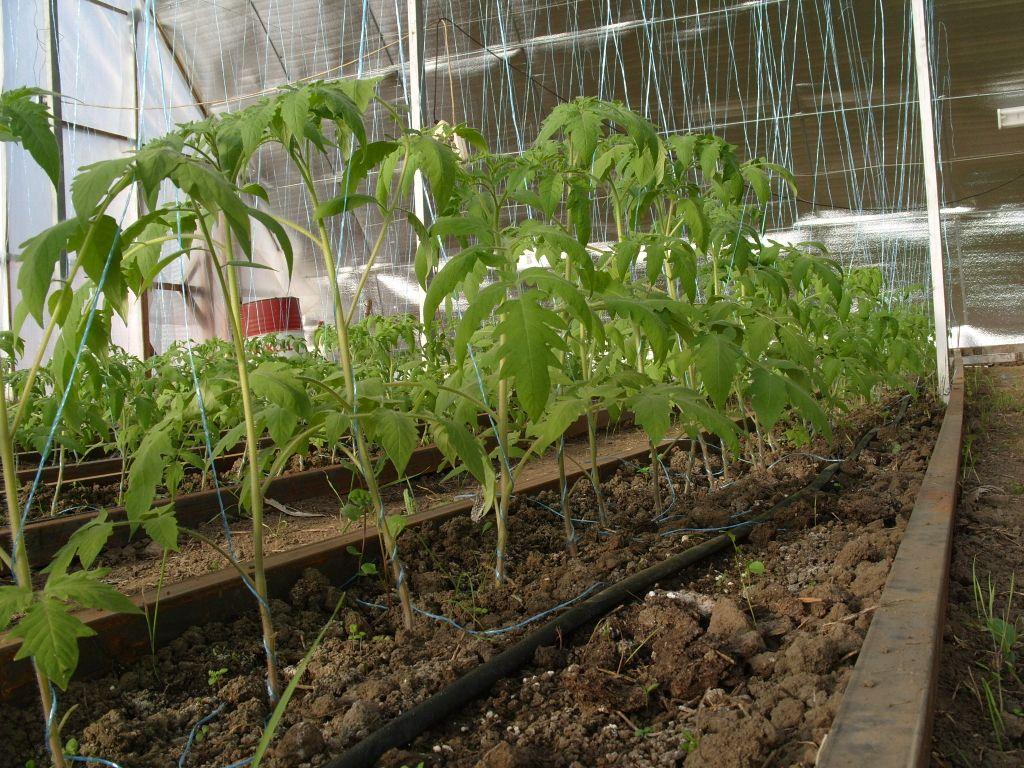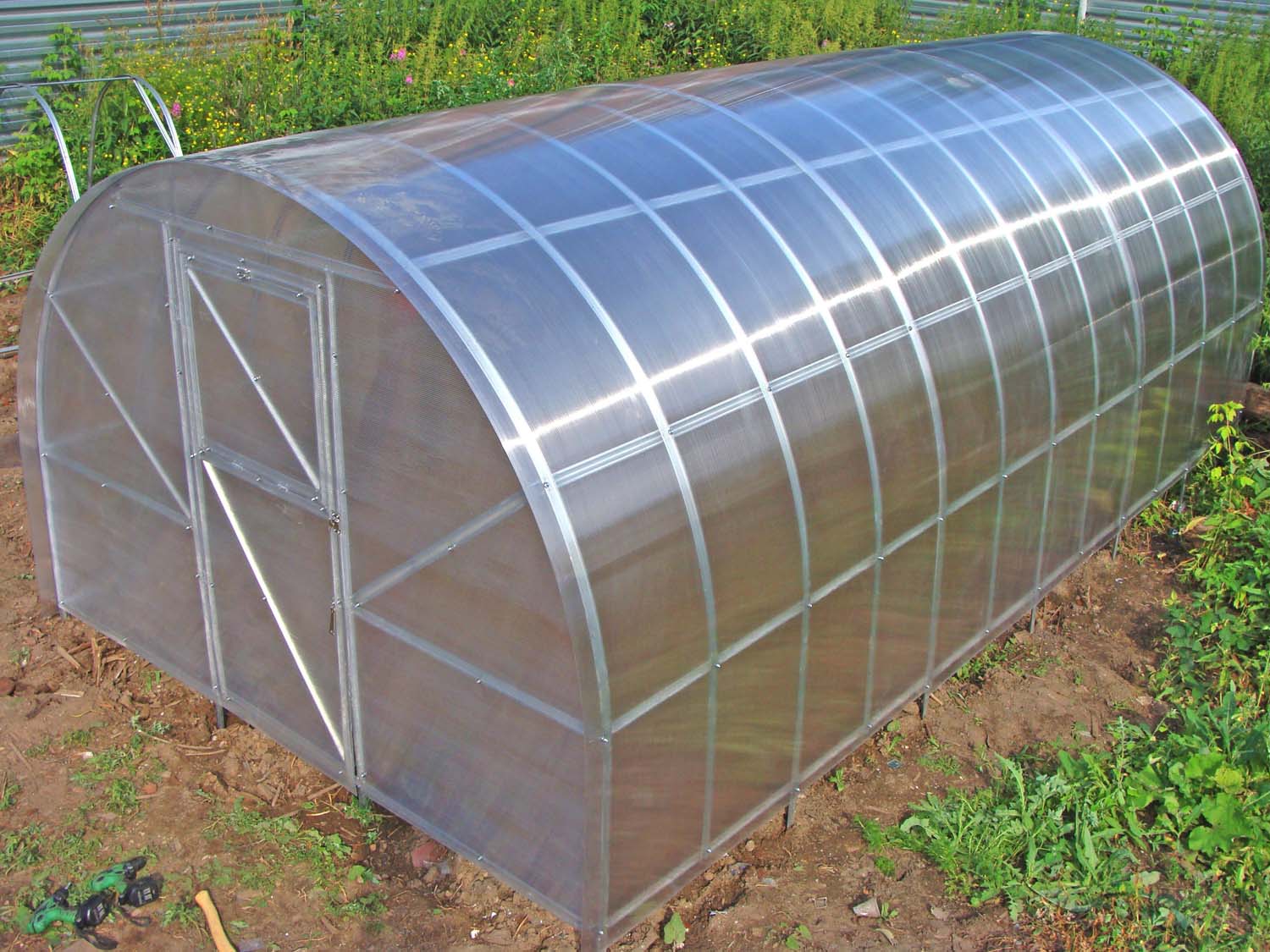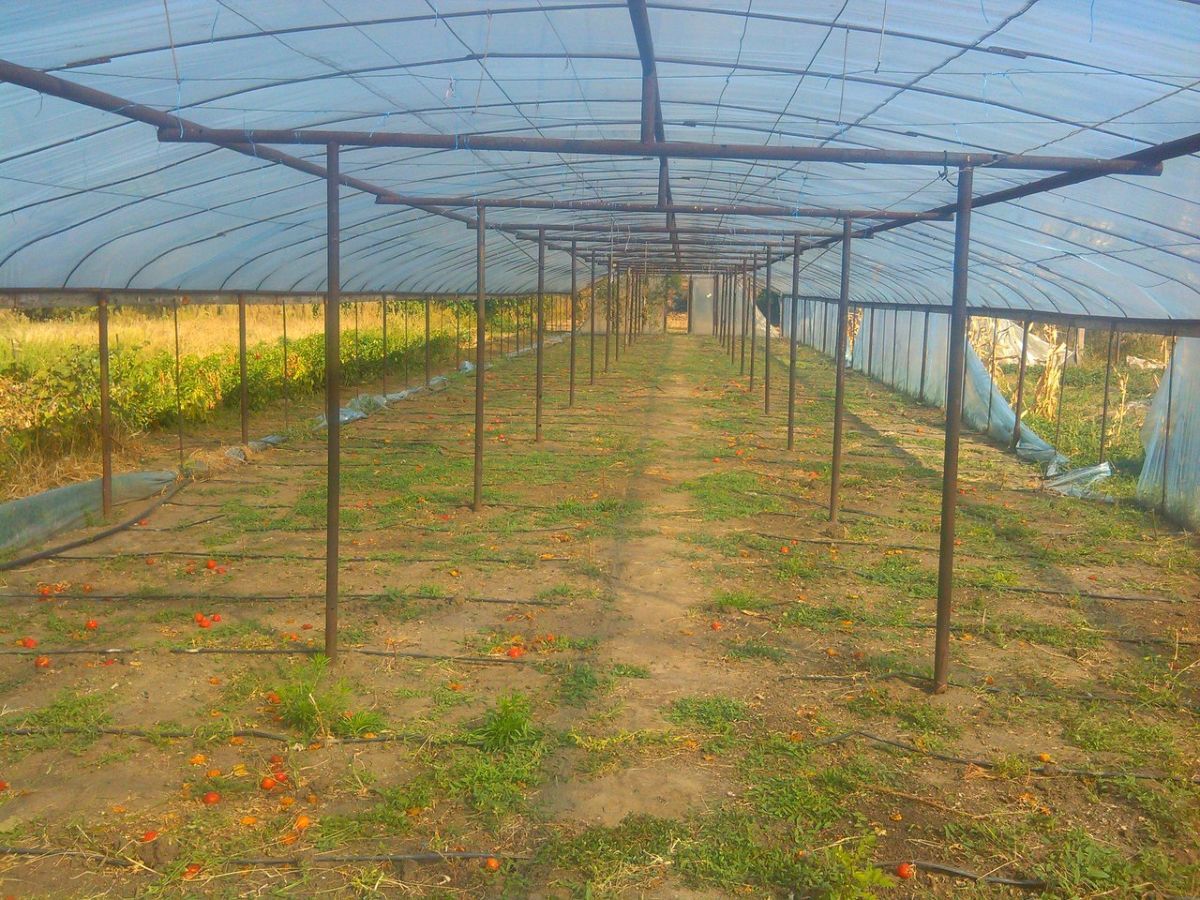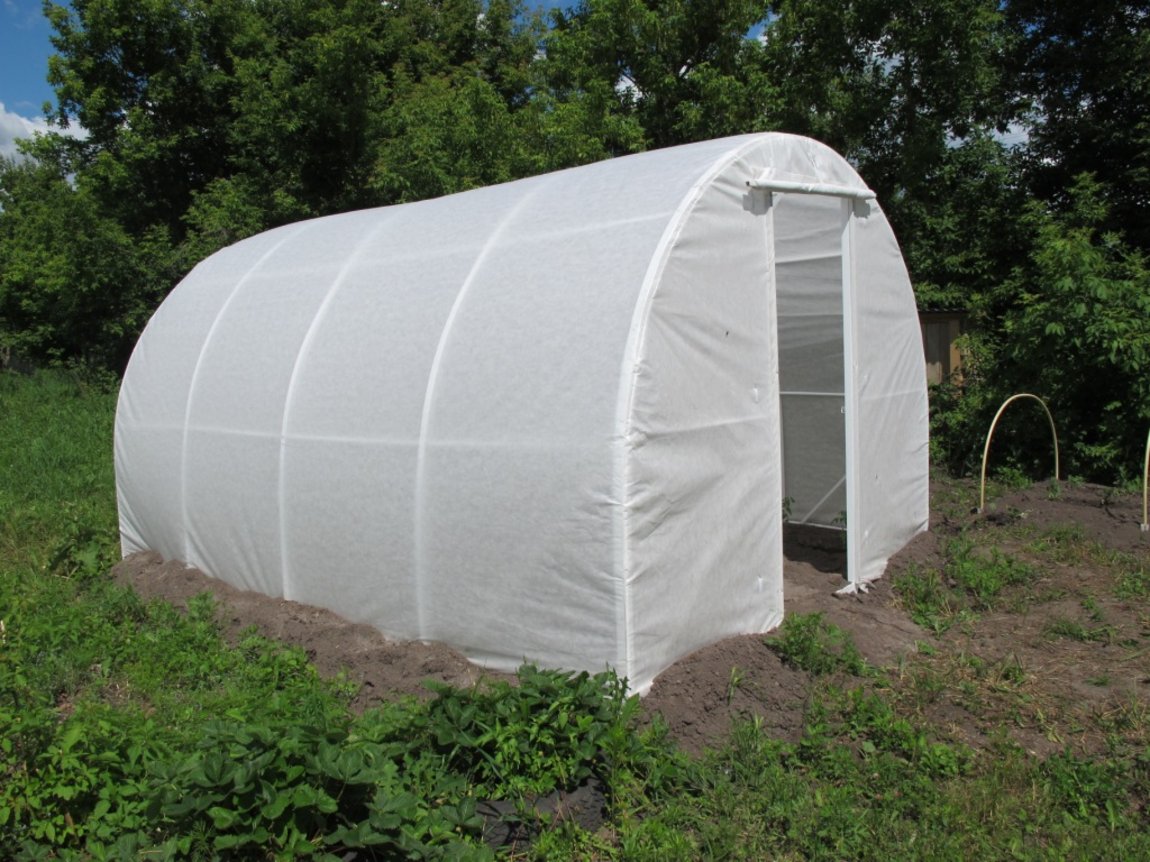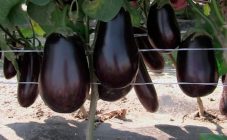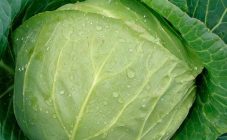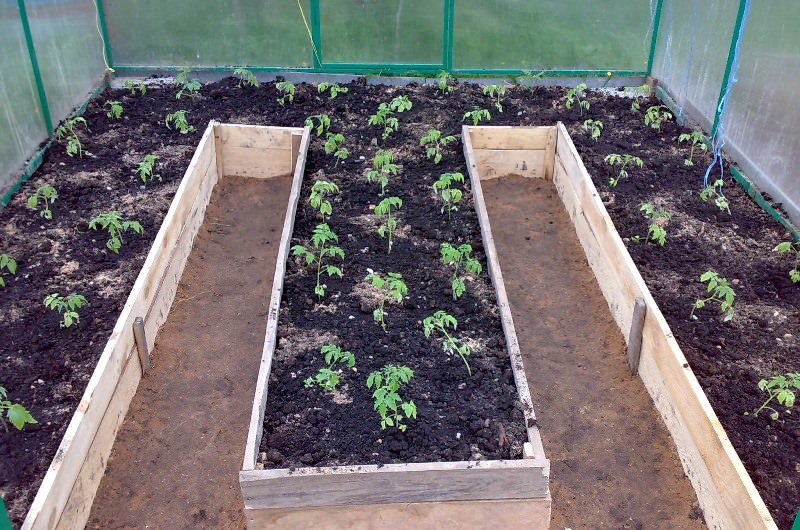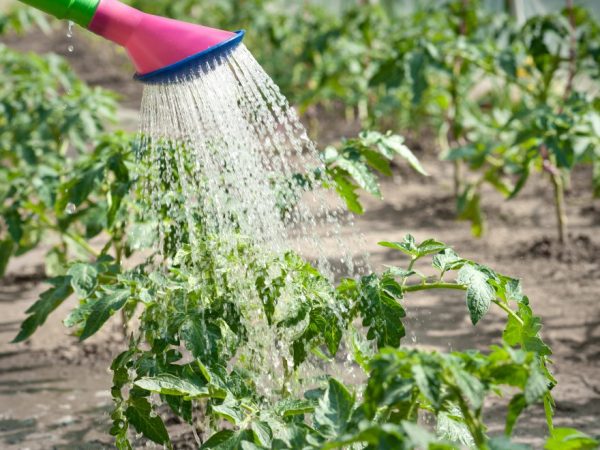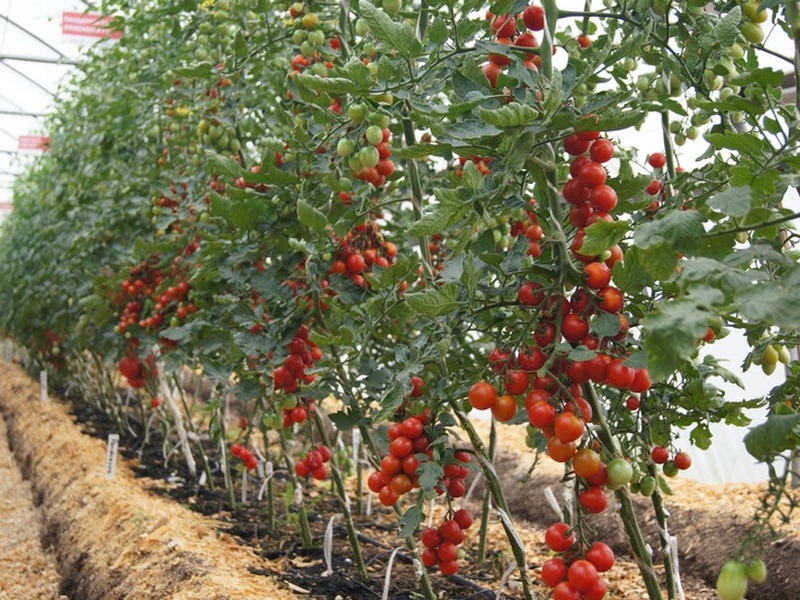Even people who are not particularly fond of growing vegetables in their own garden, for sure, there will be a greenhouse on the site. And there will most likely be tomatoes. This vegetable is able to grow and bear fruit well in various weather conditions. The tomato is a plant of the genus Nightshade and belongs to the Solanaceae family, the fruit type is berry. This vegetable comes from South America, where you can find it in the wild.
How tomatoes are grown
Tomatoes are grown in a greenhouse and in the open field, but to get a good harvest, it is still better to use seedlings. If you don't have time to grow it at home, you can buy ready-made bushes for planting in gardening stores. But in this case, there is a risk of getting a low-quality product, besides, if you plant the seedlings yourself, it is easier to control what fertilizers were applied and provide high-quality care.
Today, there are many successfully applied methods of growing vegetable crops. Tomato is no exception - it can be planted in several ways: in a bucket, in paper and under a film.
Experiments with growing tomatoes began due to the reluctance or lack of opportunities for gardeners to tinker with seedlings. And now everyone can choose the most comfortable way for themselves, because the dacha has become not only a vegetable garden for growing vegetables, but also a place of rest. Tomatoes are also grown in a seedless way - under a covering material or film.
The garden must be prepared when the earth begins to warm up: loosen the soil, apply fertilizer and water. Fertilizers should be used organic: peat, humus. Wood ash is also used. To answer the question of when to plant tomatoes under the covering material, you need to understand in what climatic conditions they will grow. To plant tomatoes, both seedlings and seeds, should be as soon as the danger of frost has passed, for the middle lane it is usually mid-May. For planting with seeds, you must choose early ripening varieties, otherwise they may not sprout.
Seeds prepared in advance (heated, disinfected, washed) are sown into grooves, which should not exceed 1 cm in depth.
Varieties of covering materials
The method of growing tomatoes under a film or covering material is used in the southern regions and in the middle lane, for the Moscow region it is also quite suitable.Outdoor plants need shelter because:
- the soil quickly freezes;
- it is necessary to protect them from direct rays of the sun;
- there are climatic conditions not corresponding to the culture;
- there is a lack of heat.
There are many types of covering material of different types and qualities on sale: film, glass, polycarbonate, acrylic for a greenhouse, reinforced film and a modern development - spunbond (agrofibre). The main selection criterion should be its ability to retain heat. It is also important to consider:
- reliability;
- ability to protect from sunlight;
- ease of use.
Film is common because of its inexpensive price and ease of use, but it is not very reliable. A film greenhouse can deteriorate in one winter. Despite this, many gardeners still harbor crops to her. But the reinforced film will perfectly fulfill its function in any climate.
Glass is sometimes used for shelter in greenhouses, but it must be thick enough. With the advent of modern materials, this method is abandoned, because the glass is short-lived, it can easily crack if it is not thick enough, it does not fit well on the metal frame of the greenhouse and does not provide sufficient protection from direct sunlight.
Polycarbonate
Now for greenhouses they use a modern and practical material - polycarbonate. It is better to buy it with a honeycomb type of cover, so direct sunlight is evenly distributed over the cover, which has a good effect on planting.
Polycarbonate does not change shape and does not deteriorate under any climatic conditions, reliably keeps heat and does not let cold air flows, is easy to install and does not absorb moisture. Conditional disadvantages include the high price for this type of shelter.
Acrylic
More recently, they began to grow tomatoes under acrylic, a new covering material. It perfectly protects plantings from low temperatures, while being non-toxic and safe. Acrylic is lighter than glass, strong and flexible. Its positive qualities have already been appreciated by many gardeners. When growing tomatoes under acrylic, it is important to ventilate the greenhouse during the day, because the temperature there rises quite high, and cover it at night.
This covering material has the following advantages:
- the ability to transmit about 90% of sunlight, which has a positive effect on the growth and fruiting of crops;
- transmits ultraviolet light;
- does not grow cloudy for a long time and remains transparent;
- ecologically pure;
- maintains the necessary microclimate;
- does not interfere with the penetration of water and air, while not interfering with the evaporation of excess moisture;
- promotes ventilation, preventing the occurrence of fungus;
- durability.
With all its advantages, acrylic also has a number of disadvantages:
- highly flammable;
- thin material may crack;
- high price;
- the service life is still less than that of polycarbonate.
Spunbond
Another modern shelter material that is successfully used in growing tomatoes is spunbond (agrofibre). It is made from molten polymer by folding the fibers into a web. The result is a nonwoven fabric with excellent properties.
This covering material is used at any time of the year. Spunbond is produced in different densities and in different colors - white, black and two-tone. White transmits sunlight and promotes the development of vegetables, black inhibits the development of weeds and is used as a mulch cover, and black and yellow will repel some insects.
The advantages of agrofibre are obvious:
- passes air;
- has a homogeneous structure;
- transmits light;
- effectively retains heat;
- small weight that does not harm young shoots;
- strength at high and low temperatures;
- not susceptible to mold and bacteria;
- non-toxic.
The modern market allows you to choose from a large number of covering materials, taking into account the needs of every gardener.Thanks to the latest technology, growing tomatoes and other vegetables has become much easier, whichever method is chosen.
